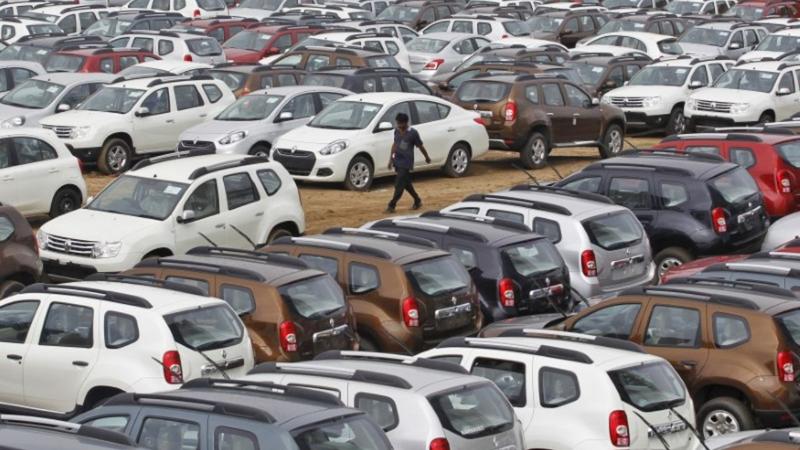- Copy to clipboard
- Thread starter
- #13
- Jan 26, 2024
- 2,672
- 846
- Axis Group

Delhi Metro receives first ‘Make in India’ driverless metro train set- Details inside
These new metro train sets, equipped with Grade of Automation (GOA) 4 driverless technology, are designed to operate at a top speed of 95 kmph, with an operational speed of up to 85 kmph. They will serve three lines, including two extensions and the new Gold Line 10, covering a total of 64.67 kilometres.
Written by FE OnlineSeptember 23, 2024 21:34 IST
Follow Us

Delhi Metro receives first 'Make in India' driverless metro train set. (PTI)
The Delhi Metro Rail Corporation (DMRC) has received its first metro train set integrated with driverless technology, marking a major milestone under the ‘Make in India’ initiative. This is part of DMRC’s first project outsourced to an Original Equipment Manufacturer (OEM), as per an official statement released on Monday.
DMRC Managing Director Vikas Kumar highlighted the significance of the event, stating, “Today is a historic occasion for the Delhi Metro family as we take another major step towards operationalising the Phase 4 corridors.” The first train set, dispatched from Alstom’s facility in Sri City, Andhra Pradesh, is part of a broader plan aimed at enhancing eco-friendly and convenient travel for metro passengers.


















